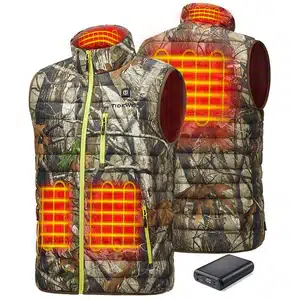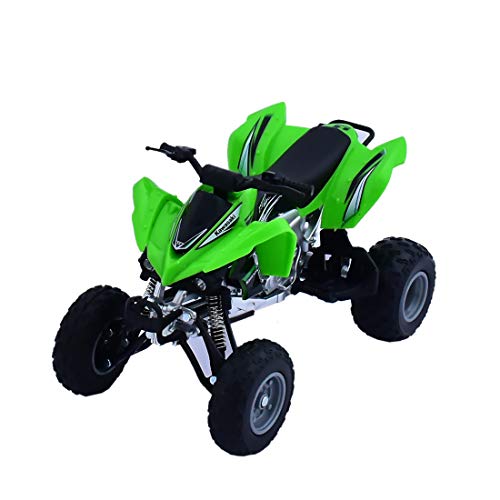No products in the cart.
Fun Facts
Staying Warm In The Great Outdoors:
 Staying warm in the great outdoors, especially during colder months, is a critical aspect of enjoying your adventure safely and comfortably. Whether you’re camping, hiking, or just spending time outside, understanding how to keep warm is essential. Here are some key strategies that will help you stay comfortable and cozy outdoors.
Staying warm in the great outdoors, especially during colder months, is a critical aspect of enjoying your adventure safely and comfortably. Whether you’re camping, hiking, or just spending time outside, understanding how to keep warm is essential. Here are some key strategies that will help you stay comfortable and cozy outdoors.
Layering: Your First Defense Against the Cold
The most effective way to stay warm outdoors is by layering your clothing. Layering allows you to adjust your insulation based on your activity level and the weather conditions.
- Base Layer: The layer closest to your skin should be a moisture-wicking material like merino wool or synthetic fibers. This layer helps to keep you dry by moving sweat away from your skin.
- Middle Layer: This is your insulating layer, typically made of fleece, down, or synthetic materials. It traps heat to keep you warm.
- Outer Layer: Also known as the shell layer, this should be windproof and waterproof to protect you from the elements.
Understand the Importance of Keeping Dry
Staying dry is just as important as staying warm. Wet clothing loses much of its insulating properties and can lead to rapid heat loss. Always have waterproof gear with you and avoid sweating by shedding layers when you start to feel too warm.
Head, Hands, and Feet: Paying Attention to Extremities
A significant amount of body heat is lost through the head, hands, and feet. Protect these areas with the right accessories:
- Headwear: A wool or synthetic beanie can keep a significant amount of heat from escaping.
- Gloves: Insulated and waterproof gloves are essential. For extreme cold, consider mittens, which keep fingers together and are warmer.
- Footwear: Insulated, waterproof boots are a must. Also, wear moisture-wicking socks to keep feet dry.
Nutrition and Hydration: Fueling the Internal Furnace
Your body burns calories to produce heat, so maintaining energy levels is crucial in cold weather.
- Eat Regularly: Consume high-energy, high-fat snacks like nuts or energy bars throughout the day.
- Stay Hydrated: Drink water regularly. Warm beverages like tea can also provide a comforting warmth.
Movement: Keep the Blood Flowing
Staying active helps maintain body heat. However, balance activity with rest to avoid sweating and exhaustion.
- Moderate Exercise: Light exercises like walking or doing jumping jacks can boost circulation and warmth.
- Avoid Overexertion: Too much activity can lead to sweating, which cools the body when it evaporates.
Choosing the Right Sleeping Gear
A good night’s sleep is crucial for staying warm and energized.
- Sleeping Bag: Invest in a sleeping bag rated for the lowest temperature you expect.
- Sleeping Pad: A sleeping pad not only provides comfort but also insulates you from the cold ground.
- Tent Consideration: A well-ventilated tent minimizes condensation and maintains a dry environment.
The Power of Heat Sources
When appropriate, use external heat sources.
- Campfires: A campfire is not just a heat source; it’s also a morale booster. Make sure to follow local regulations and safety guidelines.
- Portable Heaters: If you’re camping in an RV or a suitable tent, a portable heater can be a great asset. Always follow safety instructions to avoid carbon monoxide poisoning.
Knowledge of the Environment
Understanding your environment and weather conditions is vital.
- Check Weather Forecasts: Be prepared for sudden changes in weather by staying informed.
- Know the Signs of Hypothermia: Recognizing early symptoms of hypothermia, such as shivering, confusion, and slurred speech, can save lives.
Emergency Preparedness
Always be prepared for emergencies.
- Carry a Survival Kit: Include items like a first-aid kit, fire-starting materials, and an emergency shelter.
- Inform Someone: Always let someone know your plans and when you expect to return.
Embrace the Experience
Finally, staying warm outdoors isn’t just about physical preparation; it’s also about mindset. Embrace the beauty and tranquility of nature during the colder months. Enjoying your experience is a vital part of any outdoor adventure.



